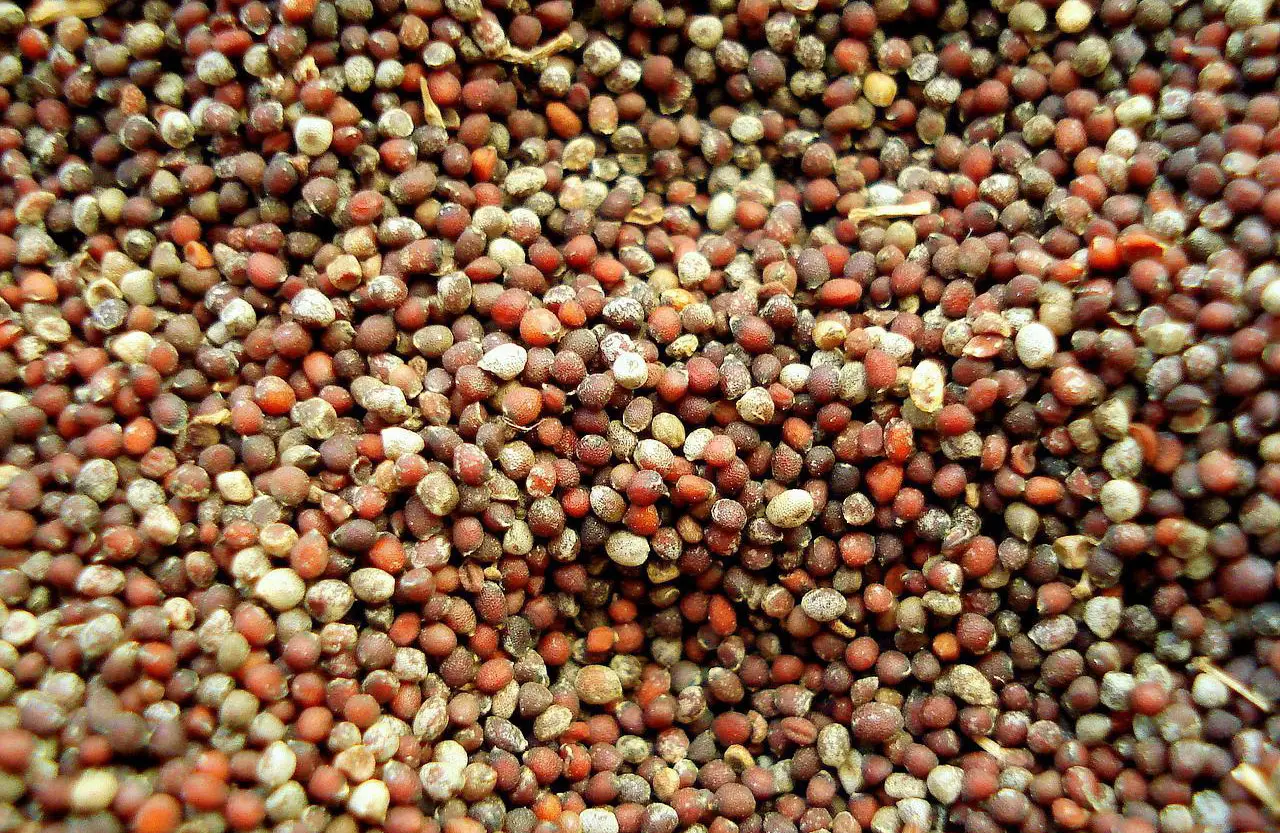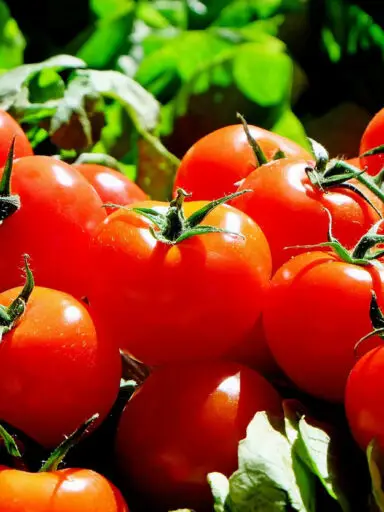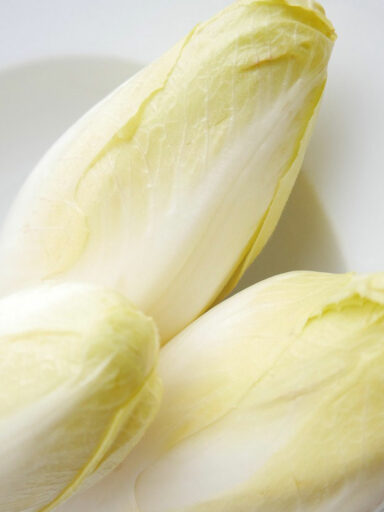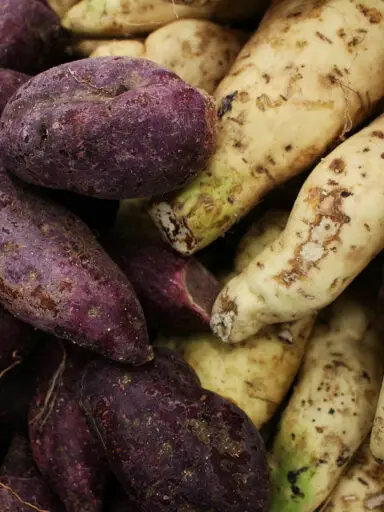The mustard seed comes from a plant bearing the same name. For centuries it cherished for its flavorful and delicate oils making it an important spice for culinary purposes.
The three main culinary varieties are black mustard (Brassica nigra), brown Indian mustard (Brassica juncea), and white mustard (Sinapis alba or Brassica alba).
Like many food ingredients, it goes by different names in different regions. In India, around the Hindi, Urdu, and Punjabi regions it is known as sarson while in Bengali it is known as shorshe.
The seeds are small and round reaching about one to two millimeters in diameter. They vary in color ranging from yellowish-white to black. The darker the color the more pungent it is.
This spice is quite popular in regions around Bangladesh, Nepal, Northern India, and Pakistan where the leaves are also stir-fried and eaten as a vegetable.
The world’s largest producers of mustard include Pakistan, India, Canada, Nepal, and Myanmar. Others are Russia, Ukraine, China, the United States, France Czech Republic, and Germany.
This winter crop grows well in moist soil in temperate to cooler regions. After germinating the resulting plant is a shrub reaching approximately one to one and a half meters tall.
The delicate flavor and aroma of mustard seeds have to be activated because the whole seeds are rather bland in both flavor and smell. This is usually done by crushing and mixing with water to activate the enzyme myrosinase.
When purchasing mustard, you can get it in several forms ranging from whole seeds, ground powder, pastes, oil, and sauce forms.
At home, you should store dry seeds in an airtight container kept in a cool, dry, and dark place. This can keep for several months. other forms of mustard should be stored in a sealed container in a refrigerator.
Uses of Mustard in the Kitchen
Generally because mustard comes in five major forms, usage is normally based on instructions set forth in respective recipes.
This spice can be used to pickle raw fruit. This is usually the white variety. It can be found in curry and marsala dishes. In this case, the powder form is added to the dish.
The paste can be used as a condiment for hot dogs and sandwiches. it can also be used as a dressing for salad preparations.
The oil can be used to cook other dishes to the liking of the cook.
Nutritional Benefits
Mustard is a rich source of essential oils, vitamins, and minerals. It is rich in antioxidants and calories. It comes packed with 508 calories per 100 grams.
This spice contains no cholesterol but is rich in fats and oils as well as proteins, carbohydrates, and dietary fiber.
It is rich in B-complex vitamins including folates, niacin, and pantothenic acid. Others are pyridoxine, riboflavin, and thiamin.
Mustard is a very rich source of vitamin E. It is a good source of vitamin C and vitamin K.
As for minerals, it is a very rich source of selenium, iron, and manganese. It is also a rich source of calcium, copper, magnesium, potassium, and zinc.



